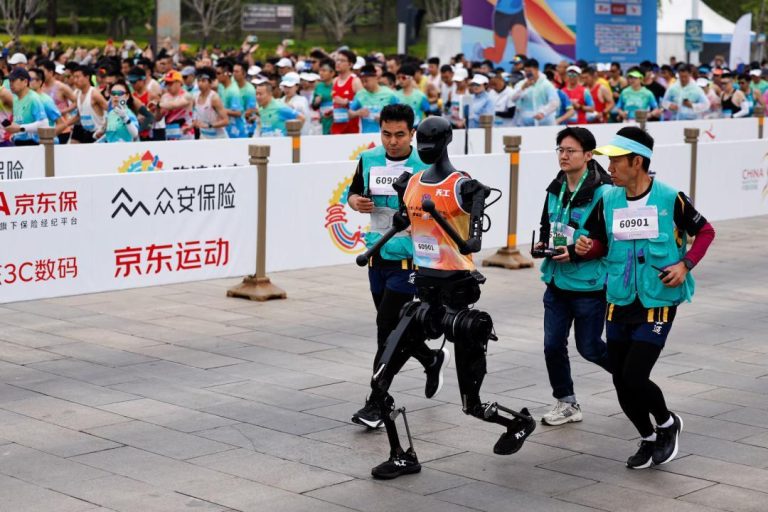
Physiotherapy: How AI & AR are making pain a thing of the past
Physiotherapy has come a long way since its inception, and with the advent of artificial intelligence (AI) and augmented reality (AR), the field is evolving at a rapid pace. The traditional approach to physiotherapy has been centered around treatment, focusing on alleviating existing pain and injuries. However, the incorporation of AI and AR is shifting the focus towards prevention, enabling healthcare professionals to detect potential issues before they become chronic problems.
In this blog post, we’ll explore how AI and AR are revolutionizing physiotherapy, making pain management and prevention more effective, accessible, and proactive.
Real-time Posture Corrections with AI
One of the most significant benefits of AI in physiotherapy is its ability to provide real-time posture corrections. With the help of AI-powered algorithms, physiotherapists can now analyze an individual’s posture and provide personalized feedback to correct any deviations. This technology can be especially beneficial for individuals who work at desks or engage in activities that involve repetitive movements, as it can help prevent long-term damage to their muscles and joints.
For instance, AI-powered posture correction apps can analyze a person’s sitting or standing posture and provide instant feedback on how to adjust their position to reduce the risk of back, neck, or shoulder pain. This technology can also be integrated into wearable devices, such as smartwatches or fitness trackers, to provide continuous monitoring and guidance.
Personalized Exercise Plans with AR
Augmented reality is another technology that is transforming the physiotherapy landscape. AR-powered exercise plans can be tailored to an individual’s specific needs and goals, providing a more effective and engaging workout experience. With AR, physiotherapists can create 3D models of the human body, allowing patients to visualize their exercises and movements in a more intuitive and interactive way.
For example, an AR-powered app can guide a patient through a series of exercises designed to strengthen their core muscles, providing real-time feedback on their form and technique. This technology can also be used to educate patients on proper exercise techniques, reducing the risk of injury or re-injury.
Early Detection of Musculoskeletal Issues with AI
AI-powered algorithms can also be used to detect musculoskeletal issues before they become chronic problems. By analyzing an individual’s movement patterns and muscle imbalances, AI can identify potential issues and alert physiotherapists to take preventative measures.
For instance, AI-powered sensors can be integrated into wearable devices, such as smart shoes or smart socks, to track an individual’s movement patterns and detect signs of overuse or strain. This technology can be especially beneficial for athletes or individuals who engage in high-impact activities, as it can help prevent injuries and reduce the risk of chronic pain.
The Future of Physiotherapy
The incorporation of AI and AR in physiotherapy is not only improving treatment outcomes but also increasing accessibility and affordability. By shifting the focus from treatment to prevention, AI and AR are enabling healthcare professionals to provide more proactive and effective care. With AI-powered posture corrections, personalized exercise plans, and early detection of musculoskeletal issues, the future of physiotherapy looks brighter than ever.
In conclusion, the evolving landscape of physiotherapy is exciting and promising. As AI and AR continue to transform the field, we can expect to see even more innovative solutions that improve patient outcomes, increase accessibility, and reduce healthcare costs. By embracing these technologies, we can create a more proactive and preventive approach to healthcare, ensuring accessible and effective care for all.
News Source:
https://www.healthcareradius.in/features/technology/physiotherapy-obesity-tech






